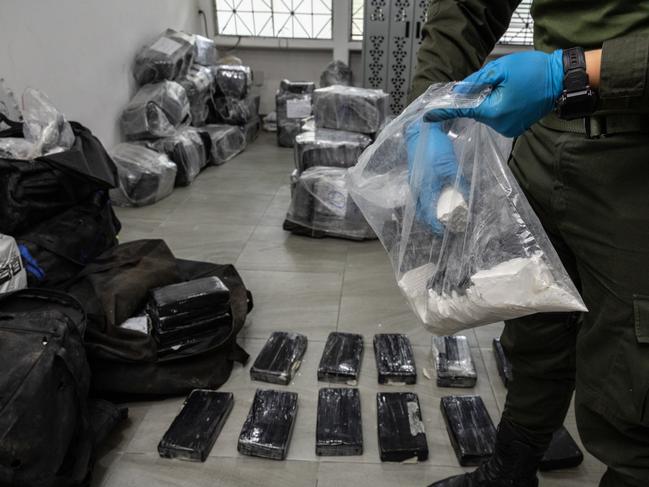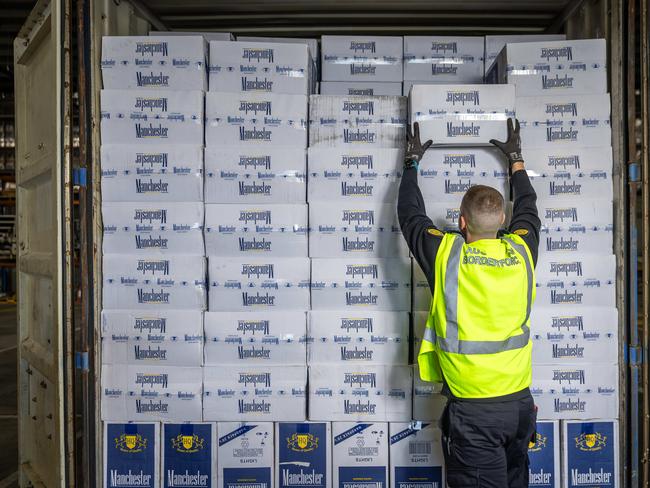Australia’s cocaine addiction hits record highs, report finds
A surge in supply has supercharged Australia’s cocaine use despite the cost of living crisis. This is what drug users pay and who’s buying it.
Cocaine Inc
Don't miss out on the headlines from Cocaine Inc. Followed categories will be added to My News.
Australia’s cocaine addiction has hit record highs as criminal cartels flood the market following a surge in production in Colombia.
The Australian Criminal Intelligence Commission’s Wastewater report, revealed the spike in cocaine use in both capital cities including Sydney and Melbourne, and regional areas.
Shane Neilson, the ACIC’s principal adviser drugs, said cocaine supply had climbed.
“There’s near record quantities of the drug being produced in the Andean areas of South America,” Mr Neilson said.
“There isn’t a day that goes by where you don’t get a multi hundred kilo detection of cocaine somewhere on earth.”


Nicotine consumption has also hit record highs in country areas as vaping rates explode, which from July 1 have been banned from sale except in pharmacies because of health concerns.
Smokers are also taking advantage of cut-price cigarettes in Australia’s booming black market, where illegal packets sell for less than $20 compared with almost $60 at a supermarket for the taxed equivalent.
Ice remains the nation’s most pressing drug problem, with Australia ranked second out of 29 comparable countries for consumption.
The ACIC’s 22nd National Wastewater Drug Monitoring Program report showed Australians were still willing to fork out thousands of dollars for drugs despite the cost of living crisis.
Cocaine at street level remains around $300 for a bag, which is commonly 0.7 grams, despite the increased supply.
Australia was on track to snort four tons of cocaine in 2023, up from 3.3 tons during a dip in the Covid-19 impacted year of 2021-22.

The wastewater report collects data on traces of drugs found in water at 56 sewerage plants across Australia, which is reviewed by scientists at the University of Queensland and the University of South Australia.
Cocaine use was at its highest levels in December 2023 since the program began in 2016, according to the latest report..
Mr Neilson said “cocaine now has a broader demographic” because of the “relatively high disposable income” in Australia.
“It’s no longer just the professionals, sporting people or high profile people, it’s more broad now without a doubt,” he said.
“There’s no doubt serious and organised crime groups will continue to try to bring cocaine into the country.
“The use depends on how much is detected at the border in Australia or overseas detections that were intended for Australia.”
Listen to the Cocaine Inc. podcast below:

Ice remains Australia’s most damaging drug, with users more likely to take the drug while at work and driving a car.
Mr Neilson said ice was also a factor in family violence cases.
“In terms of the harms, we’re talking about domestic violence and children being deprived, at the end of the day that’s a component,” he said.
“Ice is $90 a point. A lot of the people who consume ice are from lower socio-economic backgrounds so that’s money people aren’t spending on their family.”
stephen.drill@news.com.au





